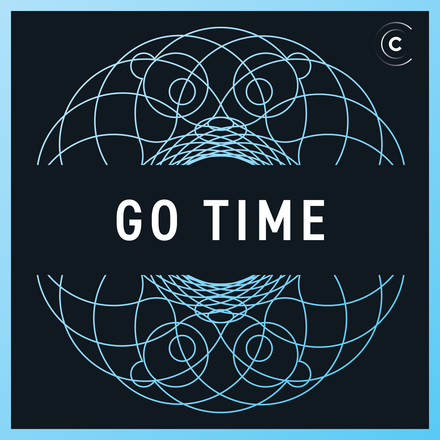Bob Logblaw Log Blog
Ed Welch joins Mat and Jon to discuss logging. They explore the different options for logging in Go, and discuss what data is worth including. Everything from log levels, formats, non-structured vs structured logs, along with common gotchas and good practices when dealing with logs at scale.

